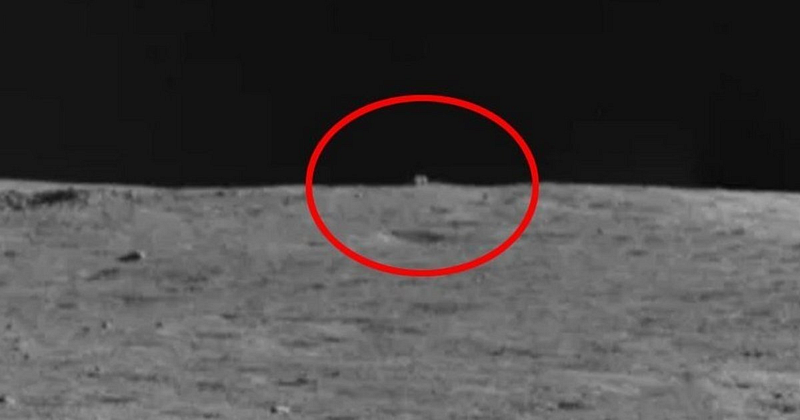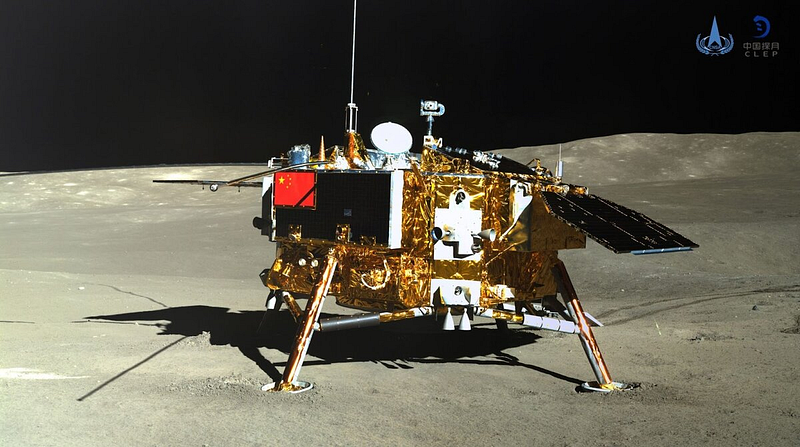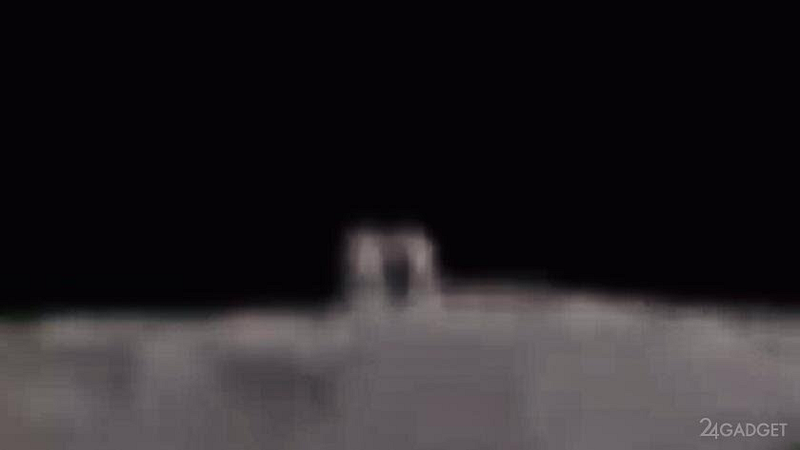Unraveling the Mystery of the Chinese Lunar Rover's Discovery
Written on
The Chang’e-4 Mission: A New Era in Lunar Exploration
In January 2019, China's "Chang’e-4" successfully made its descent on the Moon's far side. This mission included the deployment of the lunar rover "Yutu-2," which transmitted stunning images back to Earth, revealing what appeared to be a hut-like structure. But what was this peculiar object?

Objectives and Innovations of Chang’e-4
The primary goals of the "Chang’e-4" mission were to establish a landing module in the Von Karman crater and to gather lunar soil samples for analysis, aiding scientists in unraveling the Moon's geological past. The mission also included a compact closed biosphere with cotton, rapeseed, potato seeds, fungi, and fruit fly eggs, all observed via two cameras. In addition to its scientific aims, the mission provided a platform for testing new space communication technologies.
An integral component of the mission is the "Yutu-2" rover. Compact in size, measuring 1.5 meters long and about one meter wide, it is equipped with solar panels and features three pairs of wheels. The rover boasts four panoramic cameras, ground-penetrating radar for examining regolith layers, and an array of other scientific tools.

The Enigma of the "Mysterious Hut"
Recently, a wave of articles emerged discussing the enigmatic object captured by the "Yutu-2" rover on the lunar horizon. These images were first shared by the Chinese science channel, Our Space, where the object was dubbed the "mysterious hut." According to reports, this object was located approximately 80 meters from the rover.
While scientists expressed great interest in this discovery, the initial image clarity was insufficient for detailed analysis. Consequently, it was decided to navigate the rover closer to the "mysterious hut." Many scientists speculated that this object was likely a substantial boulder, potentially dislodged from a meteorite impact on the Moon's surface, similar to findings from the earlier "Chang’e-3" mission.

The Journey Toward Discovery
It was estimated that the rover would require about 2–3 lunar days (equivalent to 2–3 Earth months) to reach the object and transmit higher-quality images for analysis. This lengthy timeline was attributed to the rover’s slow movement, averaging only 80–90 centimeters per day, necessitated by the need to carefully navigate around the numerous pits and rocks present on the lunar terrain.
After three years of investigations, it was finally determined that the object previously thought to be a mysterious hut was, in fact, a uniquely shaped rock. This conclusion came after scrutinizing more detailed images captured as the rover approached. While this finding enhances our understanding of the lunar landscape, it also dispels earlier theories regarding the "mysterious hut."
The first video titled "China's moon rover spots cube-shaped 'mystery hut' on lunar farside" discusses the initial discovery and its significance.
The second video, "Chinese rover solves moon hut mystery," delves into the rover's findings and clarifies the true nature of the object.
Stay Updated on Space Exploration
If you're interested in more articles about space discoveries, be sure to subscribe to our channel! Feel free to ask your questions, and I will address them in future articles.